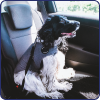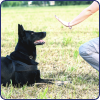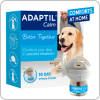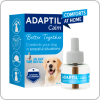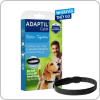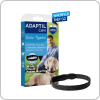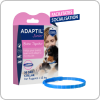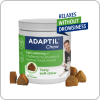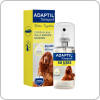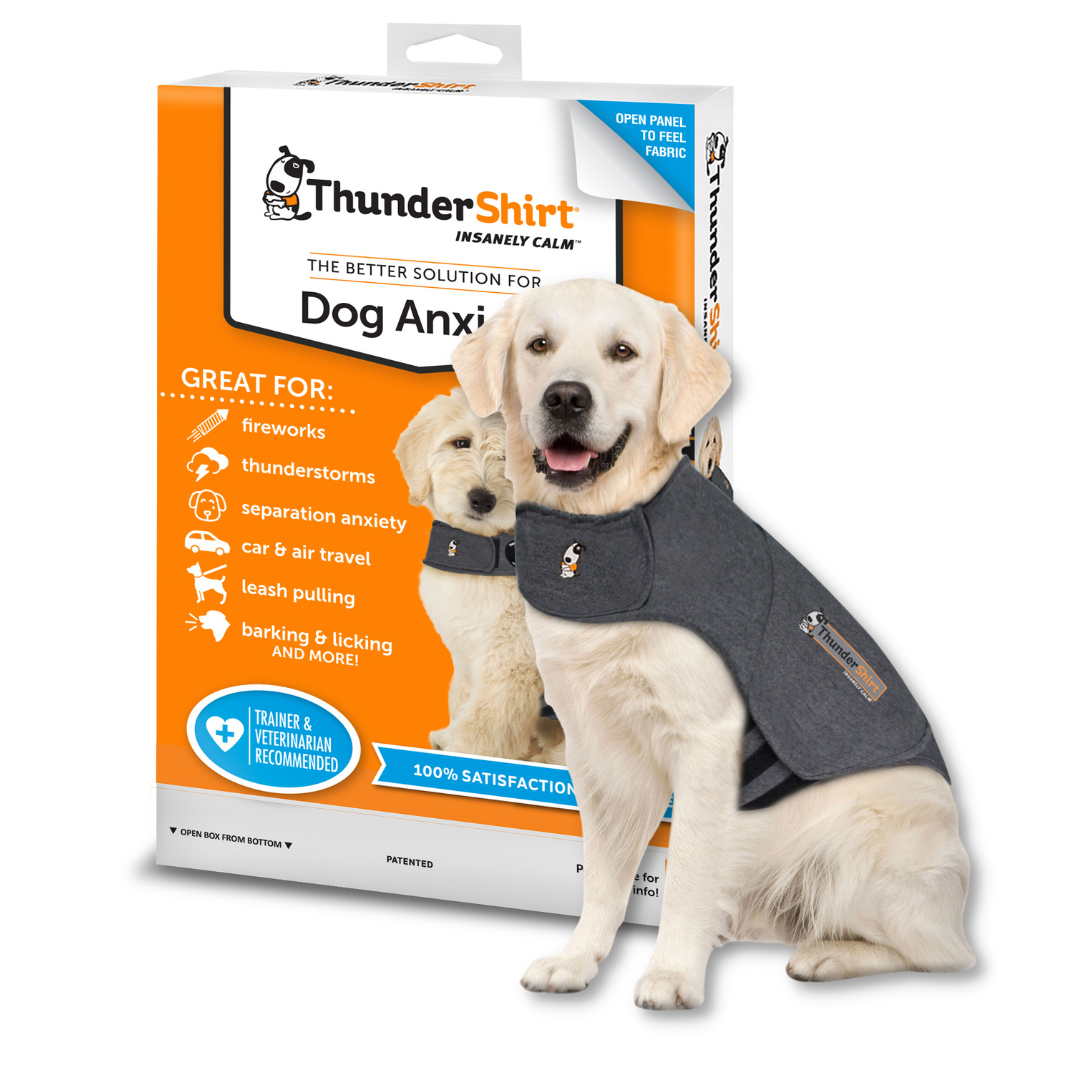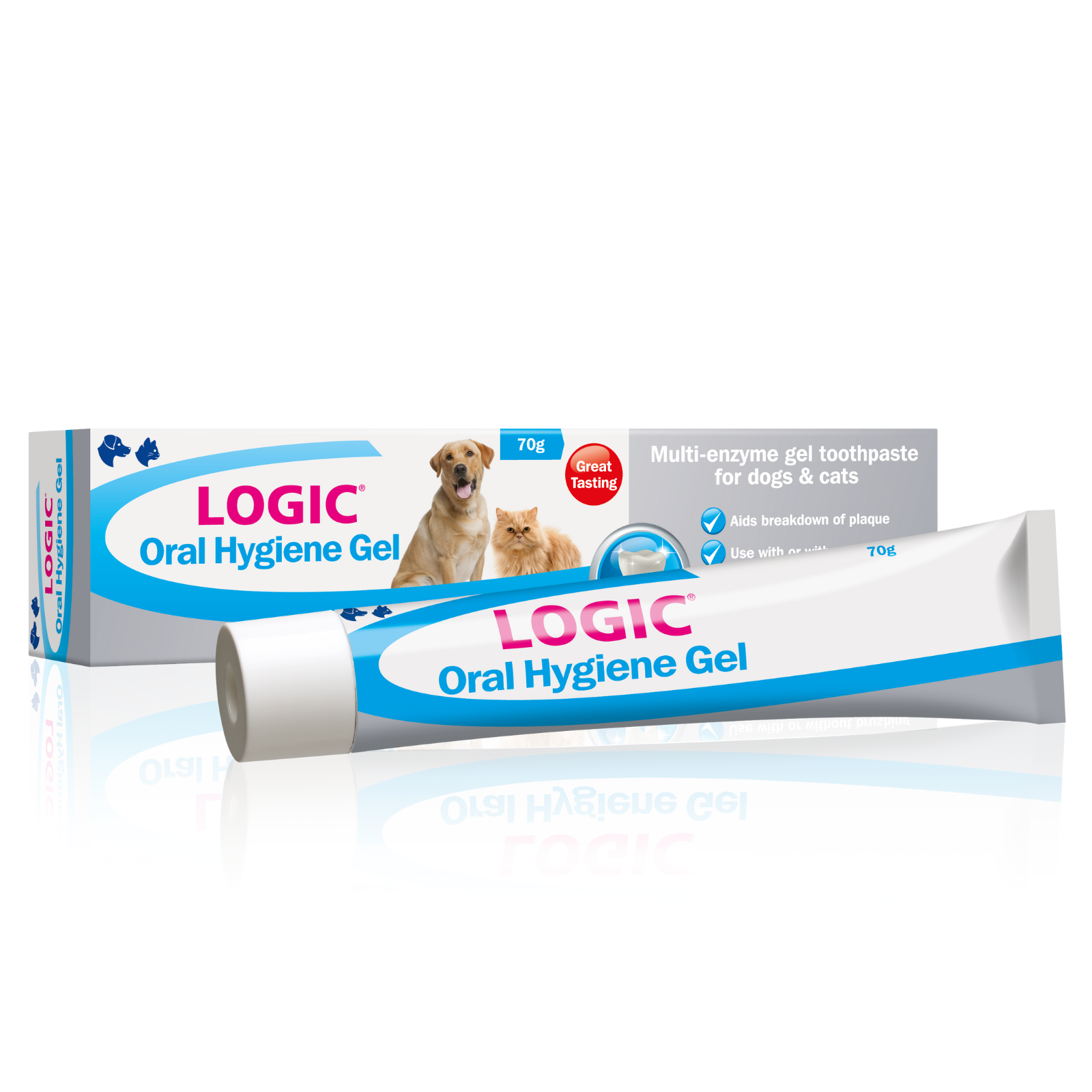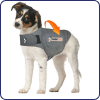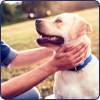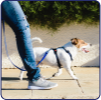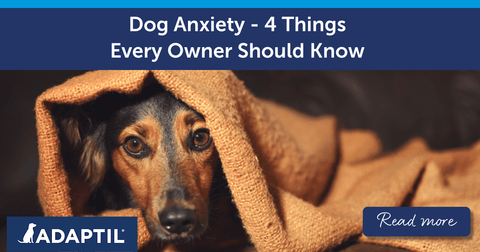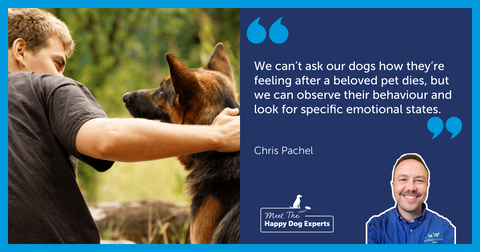Want to subscribe to our blog?
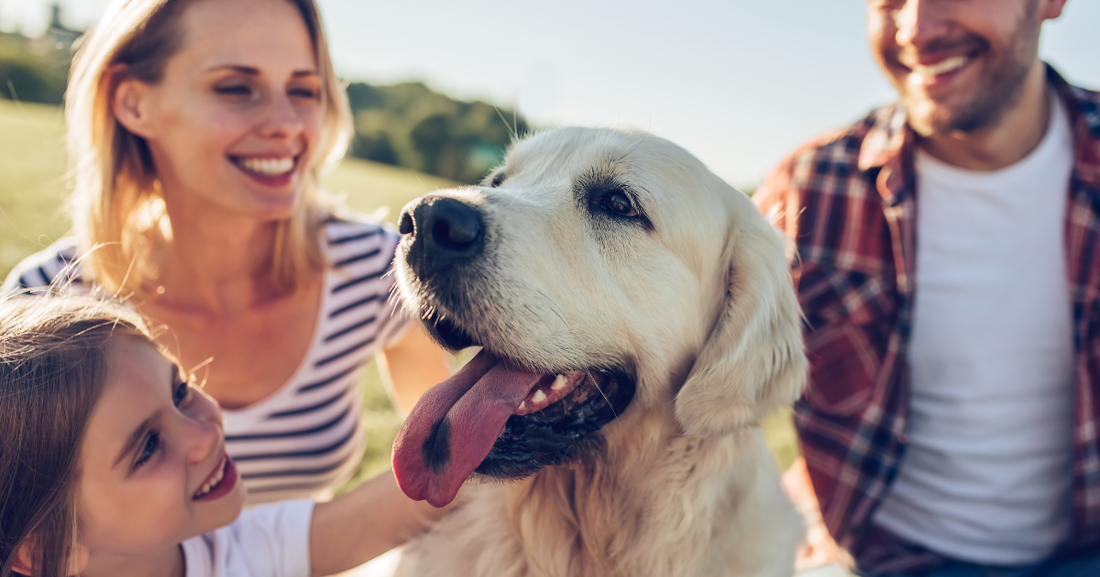
Can you Change a Dog's Name after Adoption?
Written by Adaptil, published on April 18, 2023
Are you welcoming a new pawsome pal into your home and wondering if you can change their name? Dogs being adopted from a rescue centre generally already have names - either from their previous owners or given to them by the rescue organisation. But - you don't have to keep this name!
Here are some tips and considerations to help you decide whether to change their name and help your pooch get used to their new name if you choose to change it.
Should I Change my Pooch's Name?
Changing your adopted pooch's name gives you an opportunity to create positive associations with their new name and with you and your family. Especially if your pooch came from a home where they had negative experiences, a new name can be like a clean slate. However, working or service dogs may have had important cues connected with their name so keeping their original name may help you as you continue with their training.
Remember, you don't have to decide right away whether to choose a new name; let your new dog settle in with you and get to know them and their personality before making a decision. It also gives your new dog time to get comfortable with you and their new home and routine before adding an additional change.
If you do decide that changing your pooch's name is best, here are some tips to help your dog learn their new name and respond during training.
5 Tips to Help Your Doggo Adapt to a New Name
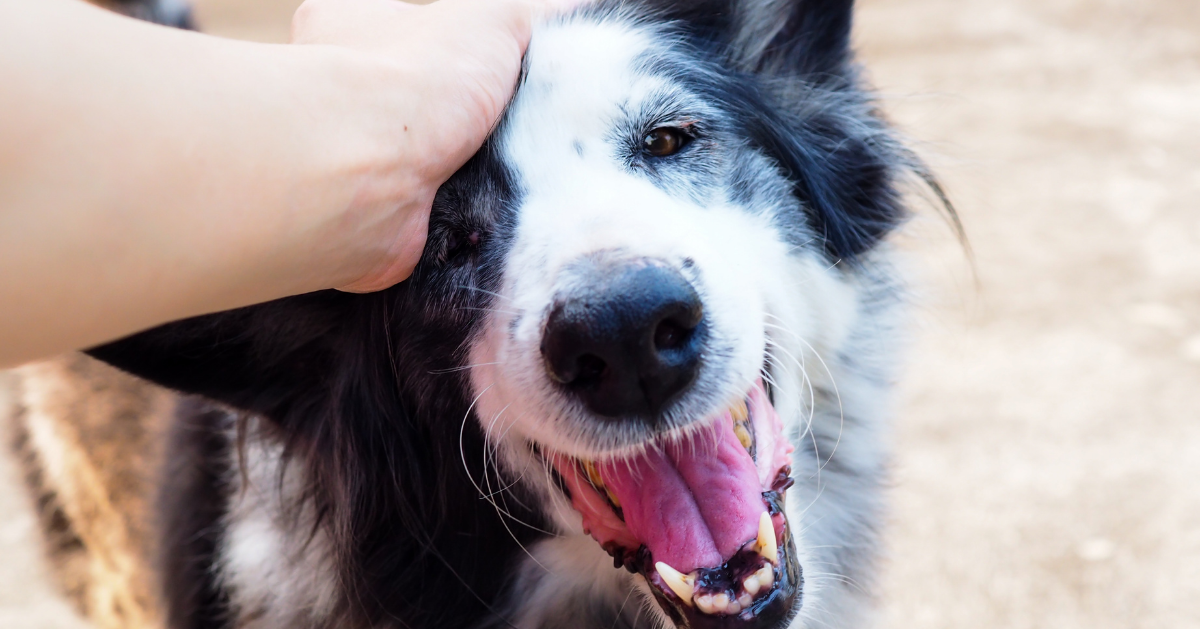
[H3] 1. Say their new name in a positive way
Your pooch will of course need to learn their new name as they will have been used to responding to their old name. Say their name in a bright, positive way and reward your dog when they give you their attention. Initially, try doing this when your dog is relaxed and there aren't any other distractions - and repeat this frequently at different times and in different situations.
The reward for responding to their new name can be a treat, praise, or playtime depending on what works best for them . If their new name is always associated with a reward, they'll soon be listening out for that word! You can even make more of a game of it by using treats and throwing them in different directions for your dog to catch or combining with other games such as scent training.
[H3] 2. Use a clicker as part of their training
Clicker training is an excellent tool to help your pooch - say their name and mark when they look at you with a click (or a cue word). Then, reward your pooch with a treat for doing well! If your dog doesn't look at you straight away, don't keep repeating their name, but do something else instead to get their attention.
If you're somewhere where there are lots of distractions and smells for your pooch, you'll need to make yourself more interesting in order to grab their attention! Once they look at you, click and reward their actions. You are watching for them to turn their head to you - they don't need to come to you or look at your face at the beginning, just recognise that you want their attention.
3. Consider mixing their old and new name
Another approach to help your pooch respond to their new name, is toconsider combining their old name with their new name and then gradually losing the old name - if Charlie is the old name and Max is the new name, start using MaxCharlie and then transition to just Max over time.
4. Choosing the right name
Make sure your pooch's name is only associated with positive things - avoid names that sound like no or have sounds that could be scary to your dog. It might be useful to have a new name that includes a sound or vowel similar to their previous name.
Short and snappy names are often the easiest as you will be able to get their attention quickly, which is important for their safety. Also think about what you're comfortable shouting in the park or for the vet to use when they call you in from the waiting room!
5. Be patient with your dog!
The amount of time it takes your dog to learn their new namecan vary from pooch to pooch - especially if they have spent years responding to their old name. Or if they were given a new name when they entered the adoption centre, they may have had less experience responding to it. Ensure that your dog's ID tag has their new name on it (and their microchip details are up to date).
To support your dog in their training, consider using an ADAPTIL Calm On-The-Go Collarto help them adapt to new situations that they might encounter such as loud noises, fears and to provide them with constant reassurance while they're being trained.
Following our expert tips will help to ensure your bond with your dog goes from strength to strength.
Make sure to join our community for weekly advice from our dog behaviour experts as well as product offers and competitions.
 Related Posts
Related Posts
Legal notice The information collected is intended for Ceva Santé Animale and the group in order to manage your requests. This information can be shared with service providers in order to organize their management. In accordance with the General Data Protection Regulations, you have the right to access, rectify and limit the processing of your data. You can also, in certain cases, object to the processing, withdraw your consent and request the deletion and portability of your data. For any request in relation to your personal data, please visit this page.


